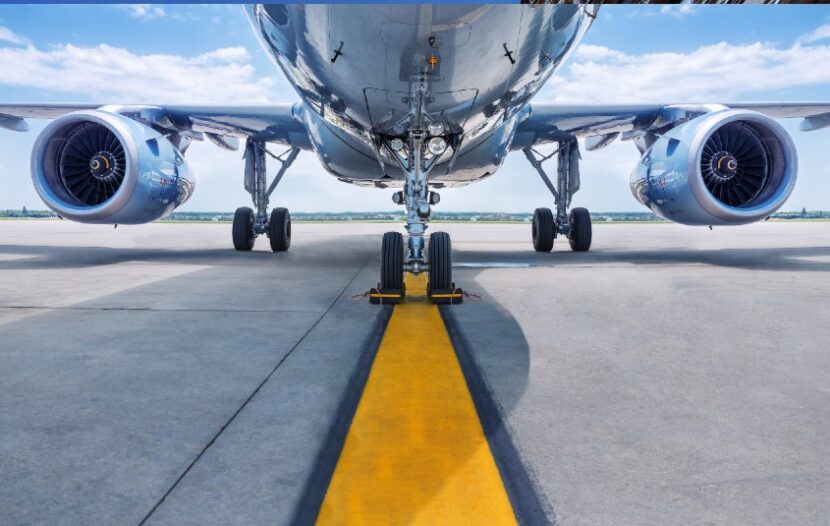DALLAS (AP) — Air travel in the U.S. is hitting new pandemic-era highs, and airlines are scrambling to keep up with the summer-vacation crowds.
Despite rising numbers of coronavirus infections fueled by the delta variant, the U.S. set another recent high mark for air travel Sunday, with more than 2.2 million people going through airport checkpoints, according to the Transportation Security Administration.
That is nearly 11,000 more people screened than July 18, and the highest number since Feb. 28, 2020, before the U.S. felt the full brunt of the pandemic. However, air travel was still down 17% Sunday from the same Sunday in 2019.
The resurgence of leisure travel, coupled with some bad weather, has led to delays and flight cancellations at airlines struggling to ramp up after being crushed by the pandemic. Airlines have thousands fewer workers than they did before the pandemic, and at times they have been caught short-staffed even though they received $54 billion in taxpayer money to keep employees on the payroll.
By midafternoon Monday, Spirit Airlines canceled about 290 flights — more than one-third of its schedule — citing weather and “operational challenges.” That was after canceling one-fifth of its flights Sunday. The Florida-based discount carrier was “working around the clock to get back on track,” spokesman Field Sutton said.
The disruptions created long lines at airport ticket counters in Orlando and Fort Lauderdale, Florida. Some stranded passengers speculated that the breakdown in service was caused by a strike or work slowdown. The airline and labor unions said the rumor was false.
American Airlines canceled 500 flights, or 16% of Monday’s schedule by late afternoon.
With other planes mostly full this summer, airlines are struggling to rebook passengers on canceled flights.
David Snell, who runs an air-tour business in Dallas, was stuck in Detroit after American canceled his Monday night flight home and emailed him a list of available flights _ none of which were sooner than Wednesday. When Snell looked into Tuesday flights, he said, prices started around $1,200 or 30,000 frequent-flyer points.
“They are absolutely gouging people who are trying to get home after cancellations,” Snell said. He said he called American three times and spent four hours on hold before buying a $308 one-way ticket on Southwest. “Everyone was left to fend for themselves.”
American Airlines spokeswoman Andrea Ahles said a seat opened up on a flight Tuesday afternoon from Detroit to Dallas via Philadelphia, and the airline would ask Snell if he would like to take it.
Monday’s cancellations came one day after 7,400 U.S. flights arrived at least 15 minutes behind schedule on Sunday — the government’s definition of late — and more than 900 were canceled, according to tracking service FlightAware. Nearly half of Sunday’s cancellations were at Dallas/Fort Worth International Airport, American’s largest hub, which was hit with afternoon and evening thunderstorms.
There have been at least 5,000 delayed flights on most days since early July, according to FlightAware figures. Southwest, American and Spirit are among airlines with the biggest problems. For Sunday and Monday combined, Southwest delayed more than 2,500 flights and American more than 1,600.
A key senator is quizzing several airlines to explain the high numbers of flight delays and cancellations. Sen. Maria Cantwell, D-Wash., chair of the Senate Commerce Committee, said airlines did a poor job of managing their workforces and might have failed to live up to the purpose of the taxpayer funding.
The travel recovery faces a renewed public-health threat, as the number of new cases of COVID-19 continues to rise. The seven-day rolling average of new U.S. infections is around 80,000 a day, up nearly 150% from two weeks ago, although the increase in deaths is far smaller.
Airline officials say they haven’t seen bookings suffer because of the delta variant, although some have said it could delay the return of business travel, which airlines were hoping would gain speed this fall.
